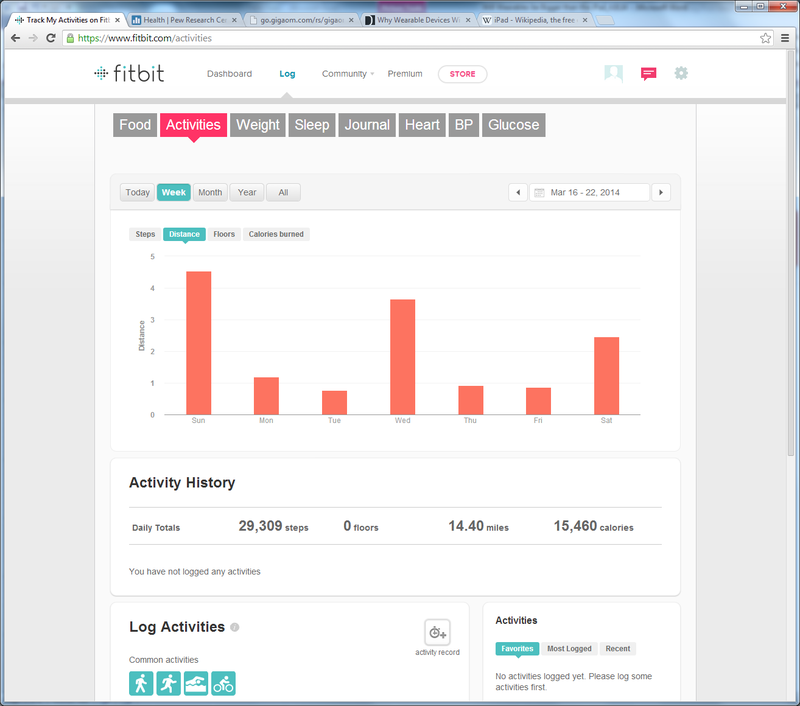Will Wearables be Bigger than the iPad?
By David Ratz The uptake by consumers of wearable devices, from health fitness bands to Google’s Glass, is seeing continued growth this year. According to CNN Money, analyst firm…

The uptake by consumers of wearable devices, from health fitness bands to Google’s Glass, is seeing continued growth this year. According to CNN Money, analyst firm Canalys estimates 17 million wearable fitness bands will be sold in 2014 and that total will grow to more than 45 million by 2017. Does this mean wearable devices could surpass the total number of iPads sold?
It’s certainly a possibility, especially as large technology companies raise awareness of wearable devices, but Apple has set the bar high. In October 2013, Apple reported it has sold 170 million iPads since the product’s launch in 2010. That’s nearly 57 million iPads sold annually over the last three years.
Plus, experts are still uncertain if mainstream consumers will invest in wearable devices like early adopters have.
Product Strategy Consultant Kevin McCullagh, in an article for Fast Company, wrote:
“The biggest threat to the wearable nirvana is the smartphone. The mobiles that we carry around with us are incorporate movement-tracking capabilities. The iPhone 5S’s M7 chip is dedicated to processing motion data from the phone’s accelerometers, gyroscope, and compass sensors. As more health and fitness apps and equipment tap into this functionality, dedicated activity trackers are likely to go the way of the alarm clock, radio, MP3 player, GPS unit and camera, swallowed up by the smartphone.”
As a wearer of a FitBit Flex and user of the RunKeeper app, I can relate to what McCullagh is saying. I use both technologies to track my fitness activities. The RunKeeper app excels at track my running route, mileage, total time, average pace, activities per week, time spent working out per week, plus the app sends me workout reminders.The FitBit is not good at tracking individual workouts, but is great at showing my overall daily activity. Before the FitBit fitness band I knew I wasn’t overly active during the work day, but I didn’t realize how inactive I really was, especially on days I didn’t run. The value of fitness bands and apps that can track a person’s activity level is definitely in the data collected.
Here’s a snapshot of a week where I only ran twice during the week. The graph visual shows how inactive I was on the days I didn’t workout.
As we wrote about in the blog post, “Wearable Wellness – The Latest Fashion in Big Data,” the long-term appeal to consumers of fitness bands is turning their personal data into actionable insights. Of course, here at FICO we are big fans of the power of predictive analytics to do just that.
If you use a fitness band or other wearable devices, we’d love to hear what you’ve learned from the data. Let us know in the comments.
Popular Posts

Business and IT Alignment is Critical to Your AI Success
These are the five pillars that can unite business and IT goals and convert artificial intelligence into measurable value — fast
Read more
It’s 2021. Do You Know What Your AI Is Doing?
New "State of Responsible AI" report from Corinium and FICO finds that most companies don’t—and are deploying artificial intelligence at significant risk
Read more
FICO® Score 10T Decisively Beats VantageScore 4.0 on Predictability
An analysis by FICO data scientists has found that FICO Score 10T significantly outperforms VantageScore 4.0 in mortgage origination predictive power.
Read moreTake the next step
Connect with FICO for answers to all your product and solution questions. Interested in becoming a business partner? Contact us to learn more. We look forward to hearing from you.

